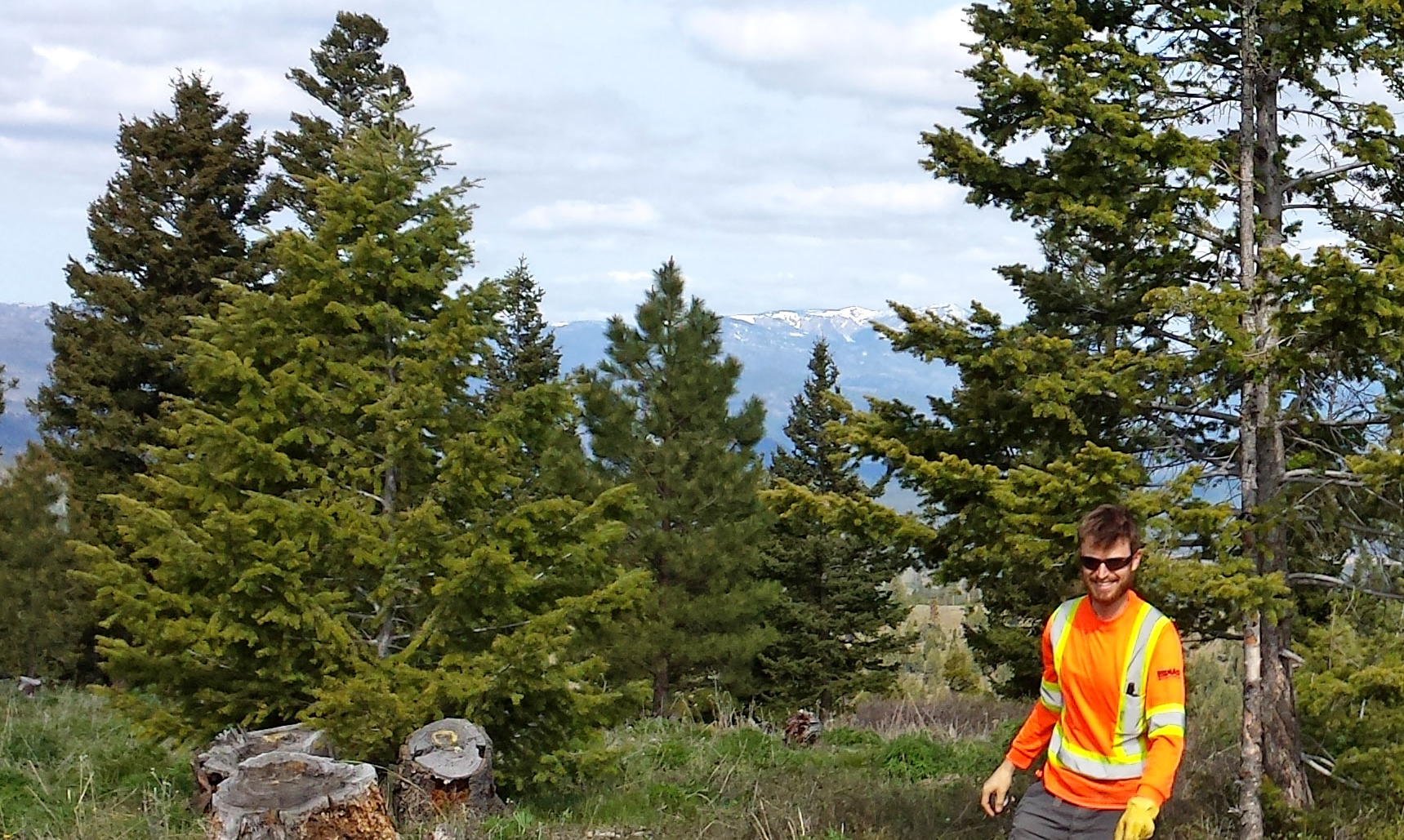
Electrical Resistivity for Athabasca Uranium Exploration
The Challenge
Uranium mineralization in the prolific Athabasca Basin is found at or near the unconformity between overlying sediments and the basement units, and are also found at or near fault structures that cut through the basement and into the basin sediments. EM methods are often used to detect graphite in these fault structures that may be associated with uranium mineralization. The electrical resistivity method is effective in mapping the alteration in the overlying sediments that often accompanies the mineralizing process. Current exploration in the basin ranges from surface to many hundreds of metres, and at these depths traditional methods of exploration are challenged. The electrical resistivity method can effectively search to depths of 800 m and more.
The Solution
An efficient fully-distributed array survey that yields dual array data will provide for accurate 2D and 3D resistivity images of the subsurface. In many areas of the basin a 2D solution is appropriate, but in some cases, a 3D array is recommended. The resistivity images will provide an accurate and continuous image of the subsurface to allow for selection and prioritization of targets for drill testing.


